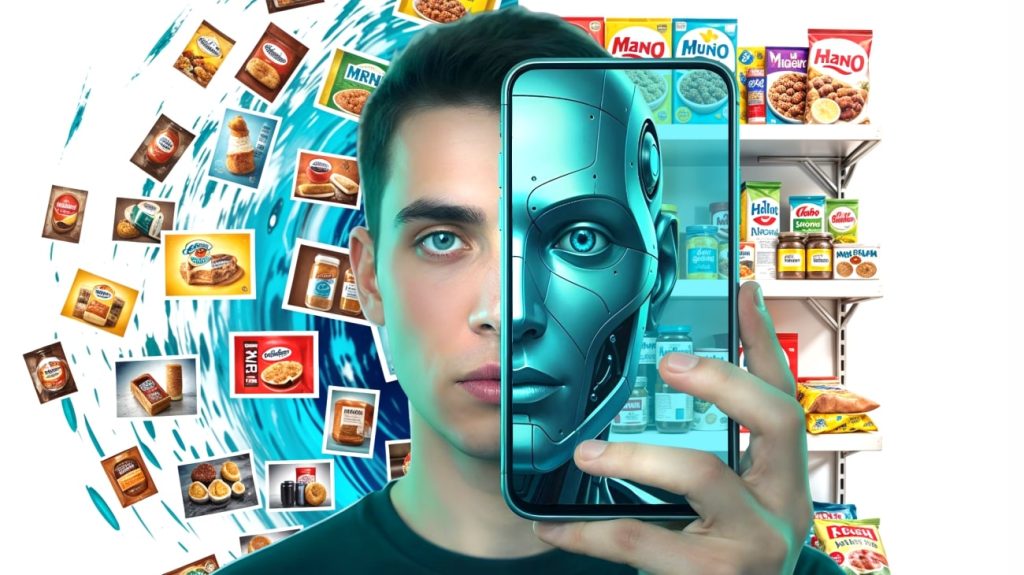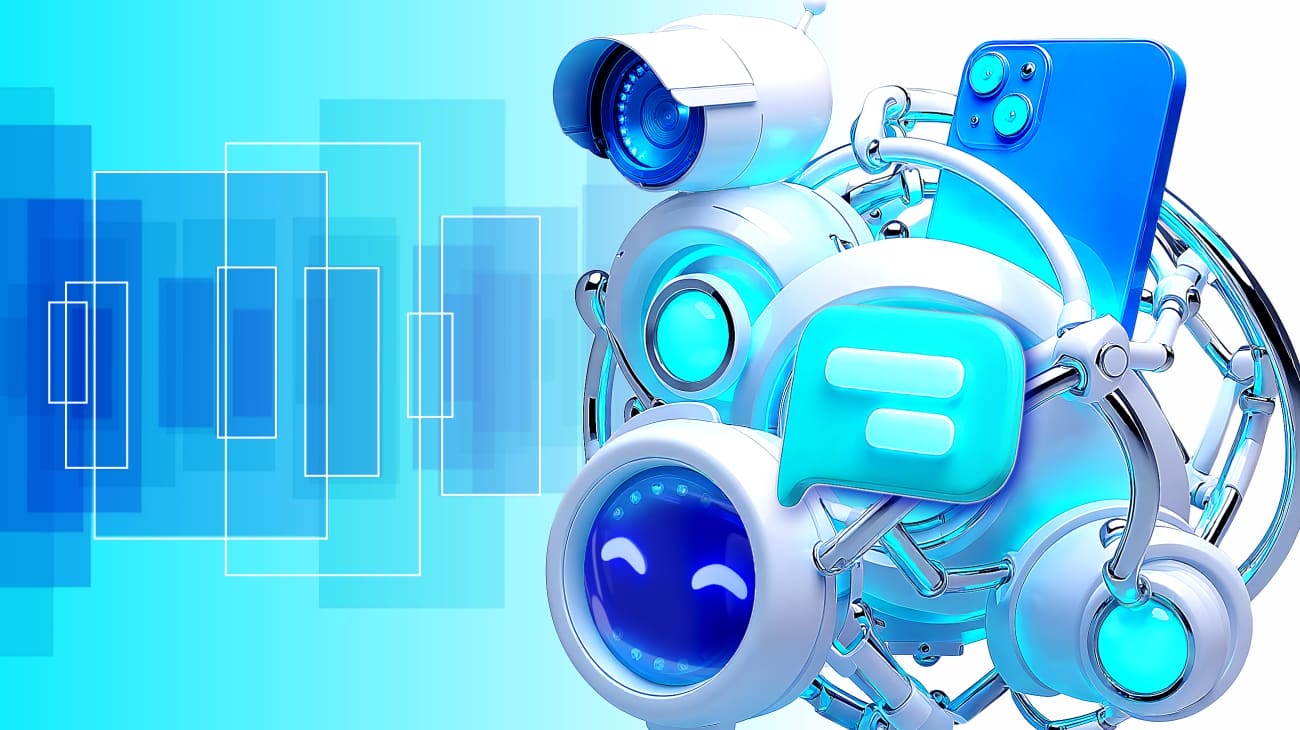Computer vision allows many companies to improve their business efficiency and competitive performance. This technology provides automation and streamlining for most processes: from inventory management to merchandising.
Companies in the CPG (consumer packaged goods) sector are intensively integrating this technology to improve the efficiency of business processes and customer experience. Computer vision is used for shelf control, analysis of warm areas, queue monitoring and many other tasks.
Today, this innovative technology has almost reached its maturity, bringing tangible benefits to business, and its applications continue to expand.
Together with Alexey Sutko, the Goods Checker AI Service Development Manager, we will figure out what companies expect from computer vision, what tasks it addresses and what benefits they have already derived.
Table of Сontents
- Which companies are implementing computer vision: industries, business challenges, company size
- Benefits and barriers to implementing computer vision
- What are the main barriers to deploying computer vision?
- Does the implementation of computer vision require significant changes in the company’s business processes?
- What are the different ways to implement computer vision?
- How can companies properly prepare for embedding this technology? What risks may arise?
- Evaluation of computer vision performance
- Companies are already seeing real benefits from computer vision
Which companies are implementing computer vision: industries, business challenges, company size
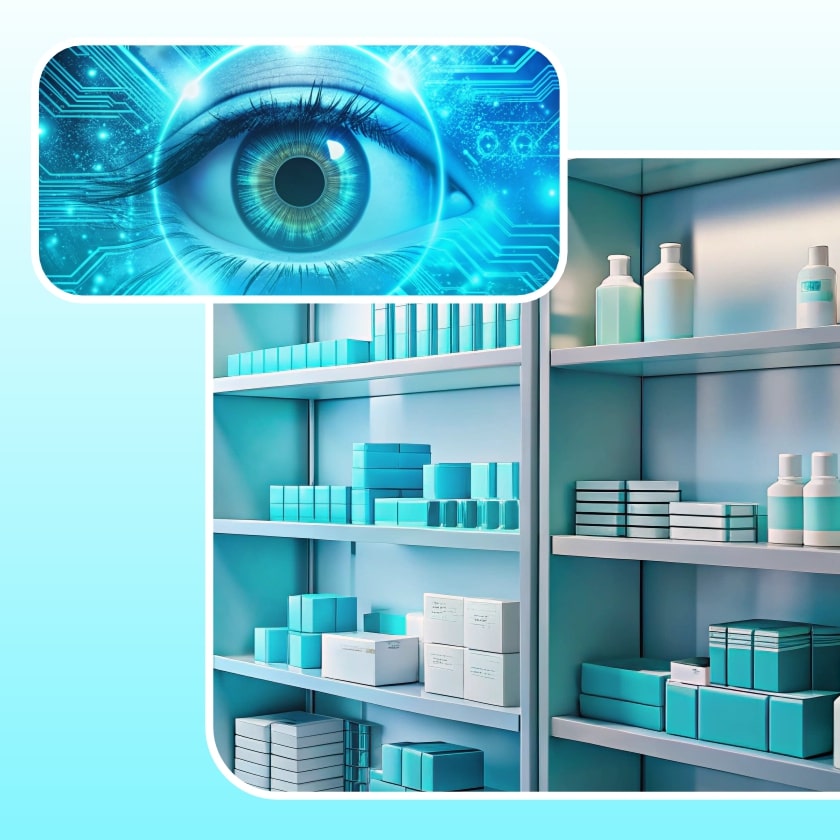
What demands do companies have when they think about implementing computer vision?
Both large and medium-sized companies approach us. Usually, managers have clear and similar mini-tasks, for example, to recognize products on shelves or to speed up the work of their merchandisers. Some customers wish to enhance supervision over merchandisers.
As a rule, large businesses already have their own tools for monitoring the display and managing the merchandisers, that’s why we integrate Goods Checker into their systems so that the customer can use the product recognition function.
Smaller companies can use publicly available solutions such as Microsoft Excel or Google Forms. Thus, Goods Checker becomes the main tool for monitoring the merchandiser performance.
At what stage of development do companies seek for computer vision solutions?
Computer vision is a rather complex technology; it is not suitable for beginners in business. Start-up companies most often use simple tools that completely cover their business tasks at the initial stage of development.
The customers who contacted us can be divided into two categories.
The first are companies that are expanding and old methods no longer cope with merchandiser monitoring, and the executives want to simultaneously speed up operations, reduce costs and accurately assess the employee performance.
The second includes companies that already use some automation, but they need something more powerful.
Another interesting option is when a new manager joins the company who worked with computer vision in his or her previous position. This manager understands the benefits of its implementation and promotes this idea.
It may be worth noting that all companies that seek computer vision are divided into two types: those who know about artificial intelligence, and those who do not.
The first ones are easy to deal with, as we discuss the details right away. The second ones need to be explained the advantages of computer vision first. To do this, we show a demo version on our server and offer a small pilot project. In 2-3 weeks, we set up the system for 50 of the customer’s products. This helps executives see how computer vision can improve their business.
Which companies approach you most often?
We are mainly approached by CPG manufacturers, merchandising agencies and pharmaceutical companies. The latter are also related to CPG, but the specifics of their business are different, so we single them out in a separate category.
They all work with packaged goods and have employees who visit retail outlets and check the display of goods on the shelf, prices, availability of advertising materials, and so on.
We partner with security companies that install video surveillance systems for retailers and restaurants. Take our work with AVS Services in Spain – we helped them solve a tricky problem: automatically spotting empty spaces on prepared food shelves at coffee shops.
Our AI doesn’t need to recognize specific products – it just learns to identify gaps where items should be. When shelves run low, the system sends alerts through a messaging bot so staff can restock quickly. This prevents lost sales and keeps food from going bad. We partner with security companies that install video surveillance systems for retailers and restaurants. Take our work with AVS Services in Spain – we helped them solve a tricky problem: automatically spotting empty spaces on prepared food shelves at coffee shops.
Our AI doesn’t need to recognize specific products – it just learns to identify gaps where items should be. When shelves run low, the system sends alerts through a messaging bot so staff can restock quickly. This prevents lost sales and keeps food from going bad.
Benefits and barriers to implementing computer vision

What are the main barriers to deploying computer vision?
Computer vision can significantly improve business processes. But in the course of implementation, companies may face several difficulties – these are organizational, technical and economic barriers.
The biggest problem with implementing new technologies is the reluctance of employees to use them. This is most noticeable in the first months of work. After all, at this time, the merchandisers’ KPIs usually get lower. Why? Because the system shows the truthful overview of their performance, and it often differs from data in the reports.
For example, the compliance of product display with planograms may drop from the stated 90% to the actual 60%. This can upset both employees and managers.
But there is the bright side. After a few months, this figure rises again to 90%, but for real. Employees get used to the system and start working more efficiently.
This approach helps the company understand the facts on the ground and, over time, actually improve its processes.
The second important point is the integration of computer vision into the company’s business processes. Sometimes this is difficult because the customer’s current systems may not be adequate for the new technology. Then it is necessary to update the IT infrastructure, which can be expensive and difficult.
Vendors cope with this problem in different ways. I will tell you about our way out of this situation. Goods Checker is developed from scratch, so it is easy to customize it to the needs of our customers. We have several integration options: via a mobile application, API integration or a server-based solution.
If a company already has some solution for merchandisers, but lacks computer vision and recognition, we offer integration via API or a server. If you need a comprehensive solution, we have a mobile application.
Another important issue is the financial investment. This is a significant barrier that cannot be ignored. Computer vision is a complex technology, so the initial investment may seem pricy, but it pays off quite quickly. The effect of implementation is visible to managers already during the pilot project, and during a full-scale launch, the investment expenditures are fully covered through lower operating costs, higher sales and improved business processes.
Does the implementation of computer vision require significant changes in the company’s business processes?
Most often, no. Goods Checker, for example, fits into existing processes without changing them.
The major change is revolved around merchandisers. Previously, they took photos with their phones and sent them via messengers or uploaded them to the server. Now they take the same photos, but using the Goods Checker app. It analyzes the photos itself and sends the results to managers.
For managers, the process of working with analytics also remains virtually unchanged. As before, they analyze KPIs, but now these metrics are collected automatically and visualized in the dashboard.
What are the different ways to implement computer vision?
There are three main approaches to integrating computer vision into merchandising processes: using a ready-made mobile app, integrating computer vision through an API, or via FTP server. Each method suits different business needs and technical capabilities.
The mobile app is a turnkey solution from the vendor that can be customized for specific business requirements. Here’s how it works: after implementation, the product checking process becomes significantly streamlined. Employees simply photograph shelves through the app and instantly receive analysis results showing compliance with planograms (shelf layout plans). The key advantage is offline functionality, which is critical for retail locations with unreliable connectivity. The system automatically generates reports on each employee’s performance, helping identify problem areas. Despite higher costs and requiring several months for implementation, companies get a personalized tool tailored to their needs.
API integration is optimal for organizations with existing corporate systems. Computer vision integrates into current infrastructure, allowing employees to work within familiar interfaces without additional training. This method provides flexible customization for specific business processes and quick connection without disrupting workflows.
FTP integration suits companies needing rapid project launch to test the solution. The system automatically processes all photos uploaded to the corporate server without requiring changes to staff workflows. This approach is particularly effective for large retail chains with high volumes of accumulated data and unified reporting systems, where real-time analytics isn’t required.
How can companies properly prepare for embedding this technology? What risks may arise?
The main risk is choosing the wrong vendor. We often participate in tenders for major enterprises and sometimes see companies re-start the procurement procedure again and again because the chosen vendor failed.
To avoid this risk, when choosing a vendor, you need to focus attention on the company’s experience, the capability of executing a pilot project, and the value for money factor. You need to consider all three factors at once, since experience alone does not always guarantee high-quality work with specific customer products.
During the pilot, you can evaluate how well problems are being solved, how recognition works, and how the team responds to changes, such as the emergence of new SKUs.
And the last thing to consider is value for money. For example, we provide 98% recognition quality. Other vendors may offer 90% accuracy. You need to decide what is more essential for your business.
Evaluation of computer vision performance
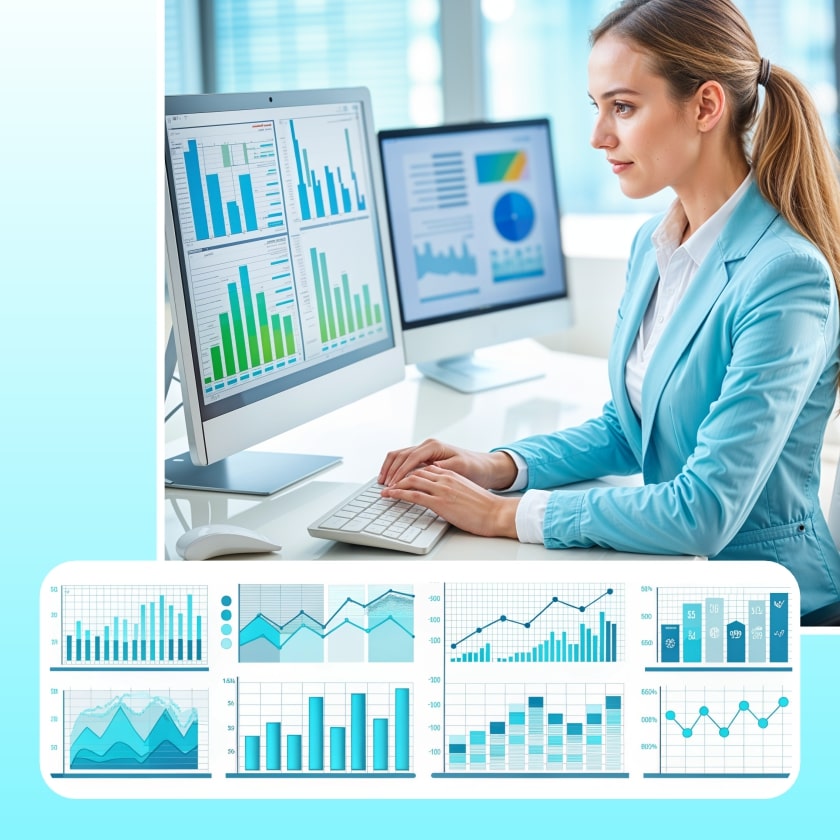
How to evaluate the effectiveness of implementation?
To understand whether computer vision works and how efficient it is, you need to compare several indicators before and after implementation. Usually, the planogram compliance rate is monitored. This indicator should increase significantly after the solution is implemented.
Next, we look at the time that merchandisers spend in the outlet. With an IT solution, employees should complete their tasks faster, which will improve their performance. This leads to the next KPI – the number of visited outlets. If the time in the store has decreased, then the number of outlets should increase.
And ultimately, all of this should result in gain in sales. To see the changes, the company can measure sales specifically in the stores covered by the pilot project.
In our experience, after the implementation of computer vision, all these indicators improve. For example, a full audit of a retail outlet is completed 60% faster: checking the display, analyzing the product mix. At the same time, 70% less time is spent on preparing reports in the store. All this leads to the fact that a merchandiser can spend less than 5 minutes in a retail outlet. As for sales growth, we usually see an increase of 7-8% or more.
Companies are already seeing real benefits from computer vision
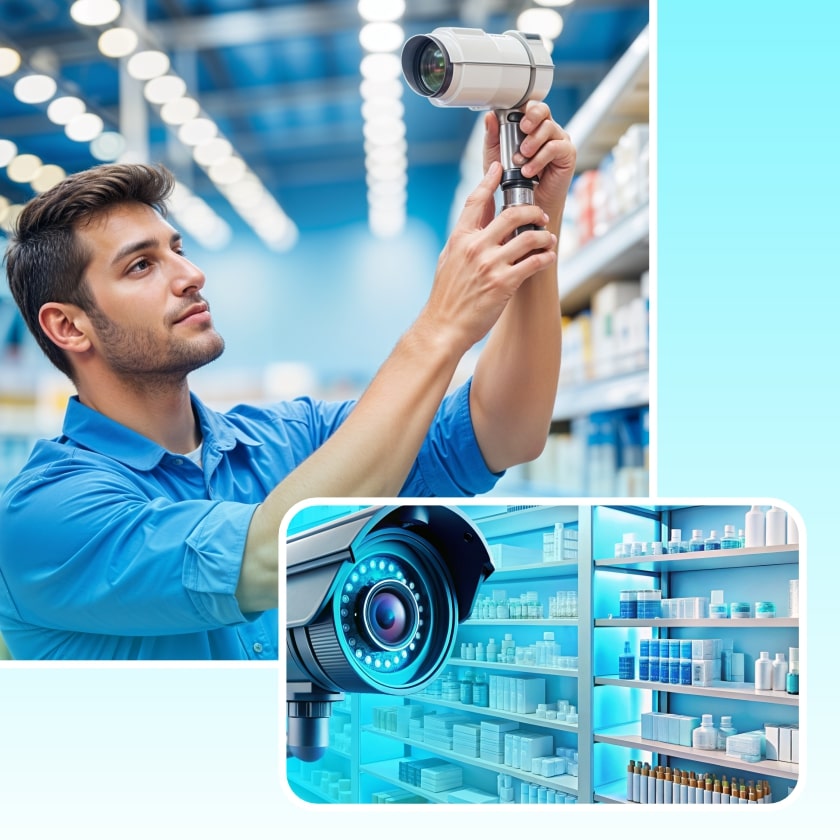
Computer vision is already demonstrating its efficiency today, helping companies to quickly adapt to changing market environment and add to marketability.
This technology helps automate routine processes such as product display monitoring, inventory management and consumer behavior analysis. This results in lower costs, improved operational accuracy and better customer service.
Despite some difficulties, companies are implementing computer vision and mention that the technology brings benefits: it improves business processes, reduces costs and promotes sales growth. The transition to new IT solutions, such as Goods Checker, is becoming an important step towards sustainable development and success in today’s dynamic world of FMCG.



